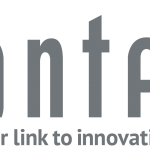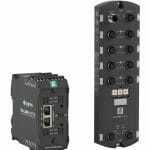Webinar: Introduction to IO-Link
Join us on Tuesday, May 25th, for live online training session providing a complete overview of the technology and an interactive Q&A block. This webinar will cover a structured introduction to IO-Link, including helpful content for end-users and device vendors alike. It includes details on the organization, suitable applications, the protocol, its implementation, and much more.
Agenda
• IO-Link Consortium
• Features and Functionality
• Applications and Benefits
• Latest News
• Adding IO-Link to Your Device
• Resources and Q&A
Date: Tuesday, May 25th, 2021
Time: 18:00 -19:00 PM (BST)
Location: Online (GoToWebinar)
Host: PROFIBUS and PROFINET North America
Price: No-cost
Places are limited – Register Now!
About IO-Link
IO-Link is the first I/O technology for communicating with sensors and actuators to be adopted as an international standard as described in IEC 61131-9. This technology enables the cyclic exchange of digital input and output process data as well as the acyclic exchange of parameter and diagnosis data between a Master and its associated Devices. A Master can be coupled via a gateway to an upper-level system such as a Fieldbus with a PLC.
IO-Link is a serial, bi-directional point-to-point connection for signal transmission and energy supply under any networks, fieldbuses, or backplane buses. It is based on the familiar 3-conductor connection for a digital switching signal, in which the switching signal is issued as a serial telegram. With IO-LInk, information can be exchanged in the form of a serial protocol between the I/O level and the field device.
The IO-Link system offers decisive benefits as a digital interface for connecting sensors/actuators.
Advantages:








